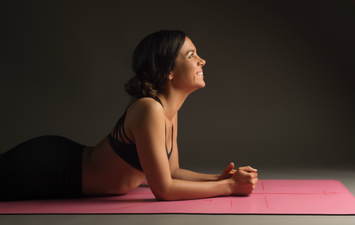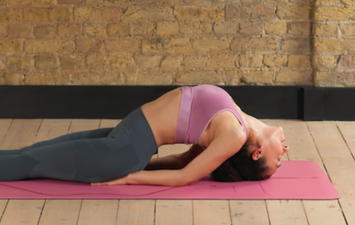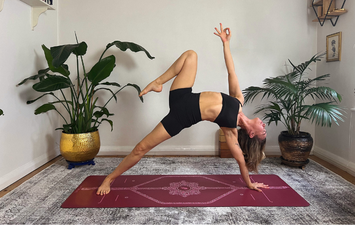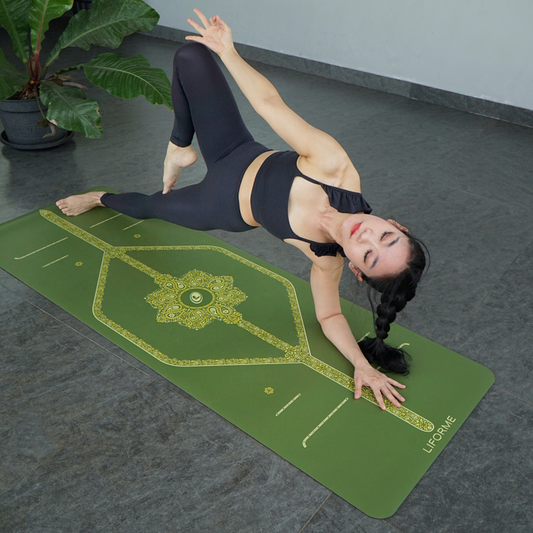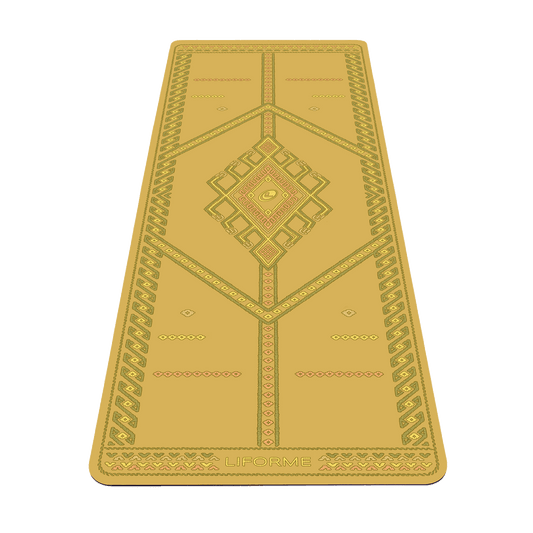When you hear ‘yoga’ and ‘backbend’ together, you might feel a little apprehensive. But, while it’s true that yoga can include deep, acrobatic spinal extension, it also has gentle, supportive backbends that are good for everyone, especially people who spend a lot of time sitting or have specific types of back pain. Sphinx Pose, so called for its resemblance to the famous Egyptian monument, is one of these amazingly curative backbends.
Sphinx Pose Basics
Sanskrit Meaning: Salamba (Supported) Bhujanga (Cobra) Asana (Pose)
Yoga Level: Beginner
Pose Type: Prone
Benefits of Sphinx Pose:
• Improves spinal mobility.
• Counters the effects of sitting.
• Stretches your chest and abdomen.
• Strengthens your back muscles.
• Opens your shoulders.
• Relieves tension.
• Can relieve back pain, depending on the cause.
Key Alignment Points to Keep in Mind
1. Press Your Forearms Down to Drop Your Shoulders
Pressing strongly into your mat through your elbows, forearms, and palms is the key to finding a long spine and keeping your shoulders moving away from your ears.
2. Activate Your Lower Body
Keeping your legs, glutes, and feet active anchors your lower body to the floor.
3. Draw Your Sternum Forward
Your upper arms create a framework that allows your heart to blossom.

Step By Step Instructions
1. Come to lie on your stomach.
2. Lift your upper body away from the mat by bringing your elbows under your shoulders so that your upper arms are perpendicular to the floor.
3. Your chest and ribs will be away from the mat while your abdomen, pelvis, and legs stay on the floor.
4. Bring your forearms and palms flat on the mat and parallel.
5. Press into your elbows, forearms, and palms.
6. Engage your glutes to press your pelvis into the mat.
7. Also press into the tops of your feet.
8. Keep your head and neck in a neutral position and your gaze forward.
9. Stay five to ten breaths.
Why We Love Sphinx Pose
• Sphinx is the same position as the Prone Prop, a physical therapy exercise that is used to treat lower back pain, particularly from bulging discs. (Remember to always seek a diagnosis to find out what is causing any back pain.)
• Supported spinal extension can feel really good, especially after sitting for a long period.
• It also helps improve body awareness, as you can feel the difference when you press into your forearms to lift your chest and lower your shoulders.
Preparatory and Counter Poses
Preparatory: Do Low Cobra (Bhujangasana) to warm up your back and practice activating your legs.
Counter: Try Cat-Cow Stretches to counter spinal extension (arching) with some flexion (rounding).
Keep Your Back Happy
Sphinx is one of those yoga poses that does a lot with a little. The basic position, lying on your belly propped up on your elbows, is fairly familiar and accessible. When you introduce yoga’s attention to alignment and body mechanics by pressing into your forearms, you can experience the benefits of a backbend in a safe, supported way.






